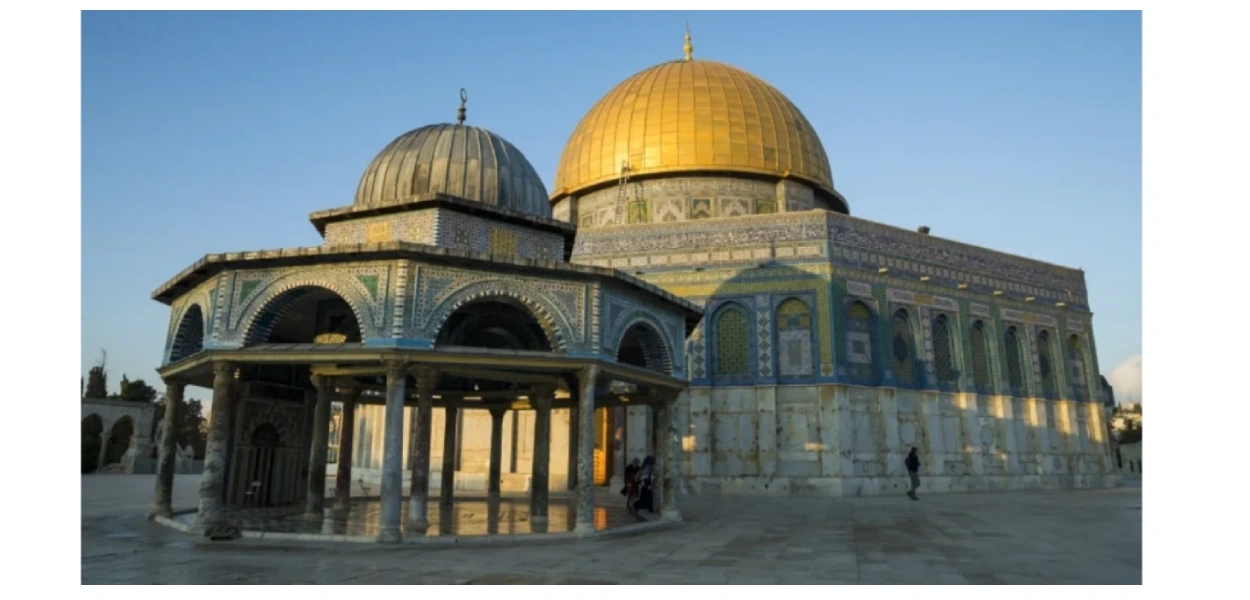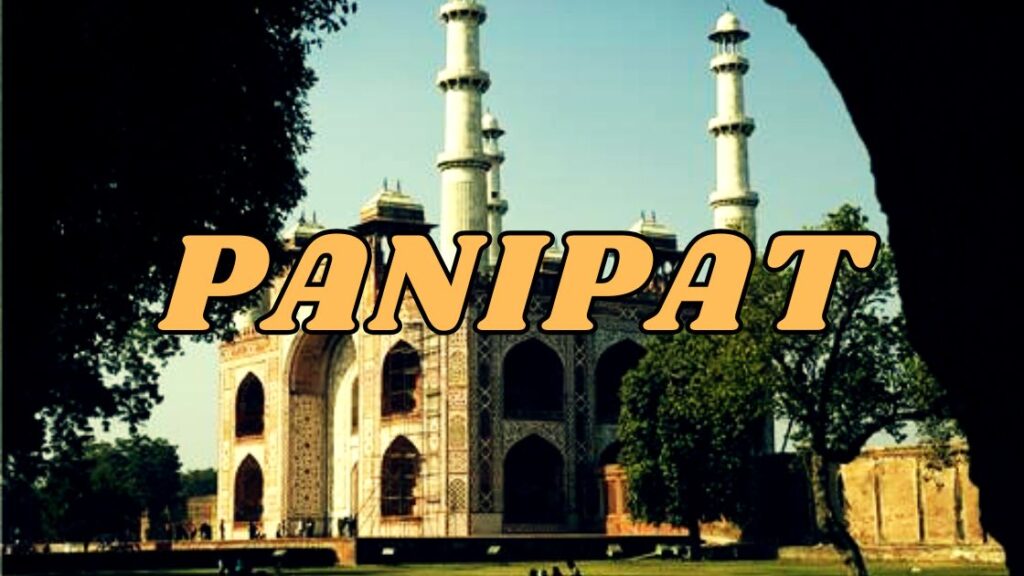Table of Contents
Introduction
In the ancient city of Jerusalem, where history and spirituality meet, is the Al-Aqsa Mosque – a place of deep significance to Muslims around the world. This iconic structure boasts a storied past, shaped by a turbulent history of conflicts and resilient faith. As we delve deeper into al-Aqsa’s rich heritage, we will also uncover the complexities of its relationship with the iconic Temple Mount and its relationship with Jerusalem, exploring how these factors have shaped its cultural and religious significance.
Historical Significance of Al-Aqsa Mosque
The Al-Aqsa Mosque holds a special place in the hearts of more than a billion Muslims globally, as it is believed to be where Prophet Muhammad began his miraculous night journey to heaven. This divine journey, described in the Qur’an, symbolizes the transcendental relationship between the earthly and celestial realms. As a result, the Al-Aqsa Mosque became one of the three holiest sites in Islam, a symbol of spiritual devotion for believers.
A Glimpse into the Turbulent History of Al-Aqsa Mosque
The Al-Aqsa Mosque has endured a turbulent past, filled with wars, invasions, and destruction. Its history dates back to the 7th century, initially constructed under the Umayyad Caliphate. However, the mosque suffered severe damage due to earthquakes and military conflicts over the centuries.
One of the darkest periods in al-Aqsa’s history was during the Crusades in the 11th and 12th centuries, when it fell into the hands of Christian Crusaders. They converted the mosque into a palace and used it as their headquarters, disregarding its sacred purpose. Nevertheless, the mosque’s resilience and the faith of Muslims prevailed, and it was eventually restored to its intended use.
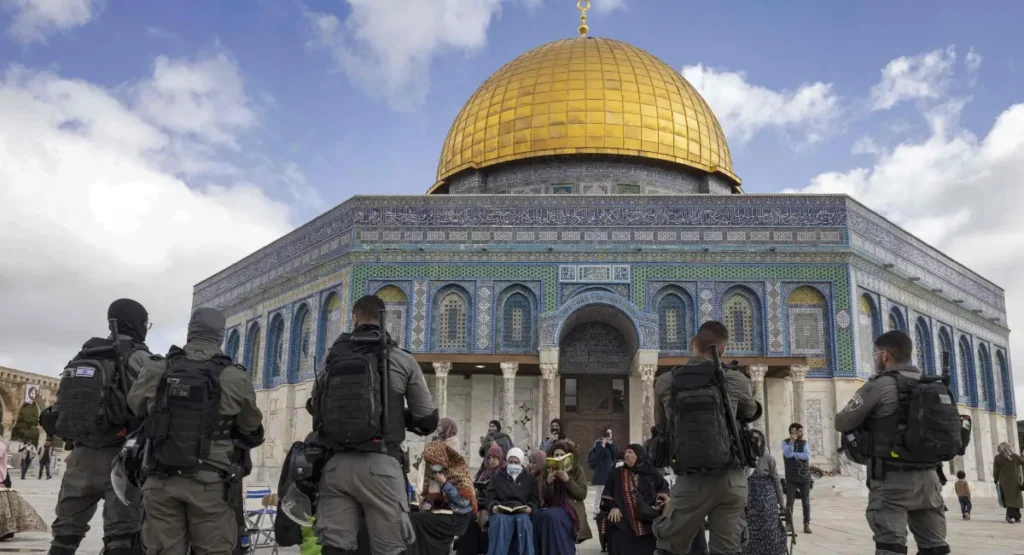
The Intifadas: The Unrest and Its Impact on Al-Aqsa
The Al-Aqsa Mosque has seen significant moments in the Israeli–Palestinian conflict, especially during the Intifada, which translates to “revolt” in Arabic.

First Intifada
It began in 1987, was a grassroots movement led by Palestinians in the occupied territories, including East Jerusalem, where the Al-Aqsa Mosque is located. The uprising expressed the people’s frustration with the Israeli occupation and sought to reclaim their rights and dignity.
Second Intifada
The Second Intifada that broke out in 2000 saw even more unrest, marked by violent clashes and suicide bombings. Tragically, the Al-Aqsa Mosque and its surroundings were heavily damaged during this period. Despite the destruction, the mosque remains a symbol of hope and resilience for Palestinians, reflecting their unwavering commitment to their religious and national identity.
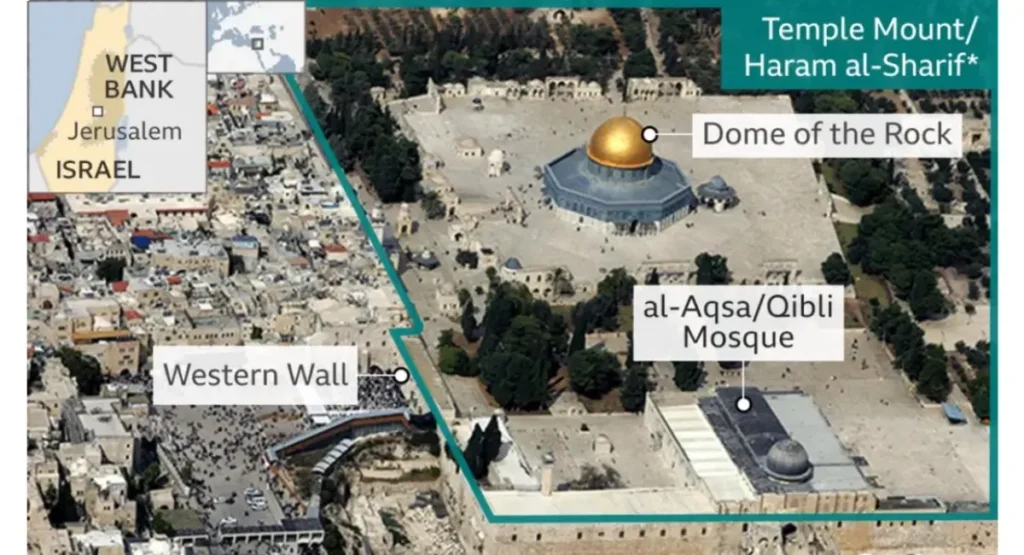
The Unbreakable Bond: Al-Aqsa Mosque and the Temple Mount
Located within the massive Temple Mount, the Al-Aqsa Mosque shares an intertwined history with Judaism and Christianity. The Temple Mount is considered the holiest site in Judaism, believed to be the site of the First and Second Jewish Temples.
For Christians, the Temple Mount’s significance is linked to the life of Jesus Christ, who is believed to have visited the Second Temple during his lifetime.
The Temple Mount’s overarching religious significance creates opportunities for unity and challenges for peaceful coexistence.
Navigating Complexities and Challenges
The location of the Al-Aqsa Mosque within the Temple Mount has resulted in a complex geopolitical situation involving religious fervor and national aspirations. The status of Jerusalem and its holy sites remains a contentious issue in the Israeli–Palestinian conflict.
Israel claims sovereignty over the entire city of Jerusalem, including the Temple Mount, while the Palestinian leadership views East Jerusalem as the capital of a future Palestinian state. The dispute has prompted international debate and diplomatic efforts to find a solution that respects all parties’ religious rights and cultural heritage.
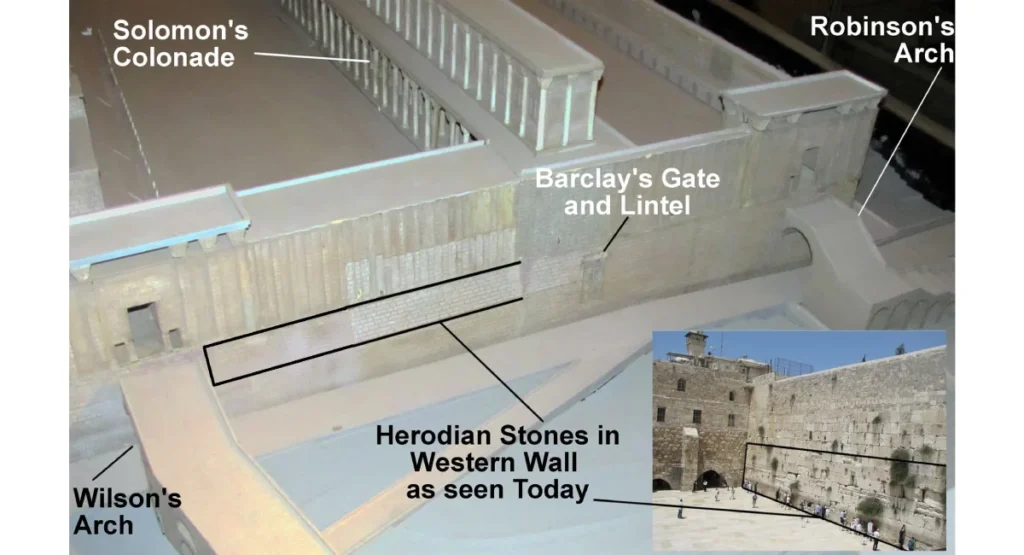
Preserving Heritage: International Involvement
Recognizing the universal cultural and religious significance of the Al-Aqsa Mosque and the Old City of Jerusalem, UNESCO designated the area a World Heritage Site. The purpose of this designation is to ensure the preservation of these valuable historical and cultural sites for future generations.
However, conservation efforts face challenges due to the unstable political situation in the region. Cooperation among all stakeholders is vital to safeguarding the heritage of the Al-Aqsa Mosque and ensuring its longevity as a symbol of faith and history.
Conclusion
The Al-Aqsa Mosque stands not only as evidence of the enduring faith of Muslims but also as a witness to the complex history of Jerusalem, reflecting the cultural and religious heritage of humanity.
Despite the trials it has faced throughout history, the Al-Aqsa Mosque remains a symbol of hope, resilience, and unity. Its turbulent past, marked by the Intifada, and its complex relationship with the Temple Mount and Jerusalem make it an invaluable heritage of mankind.

